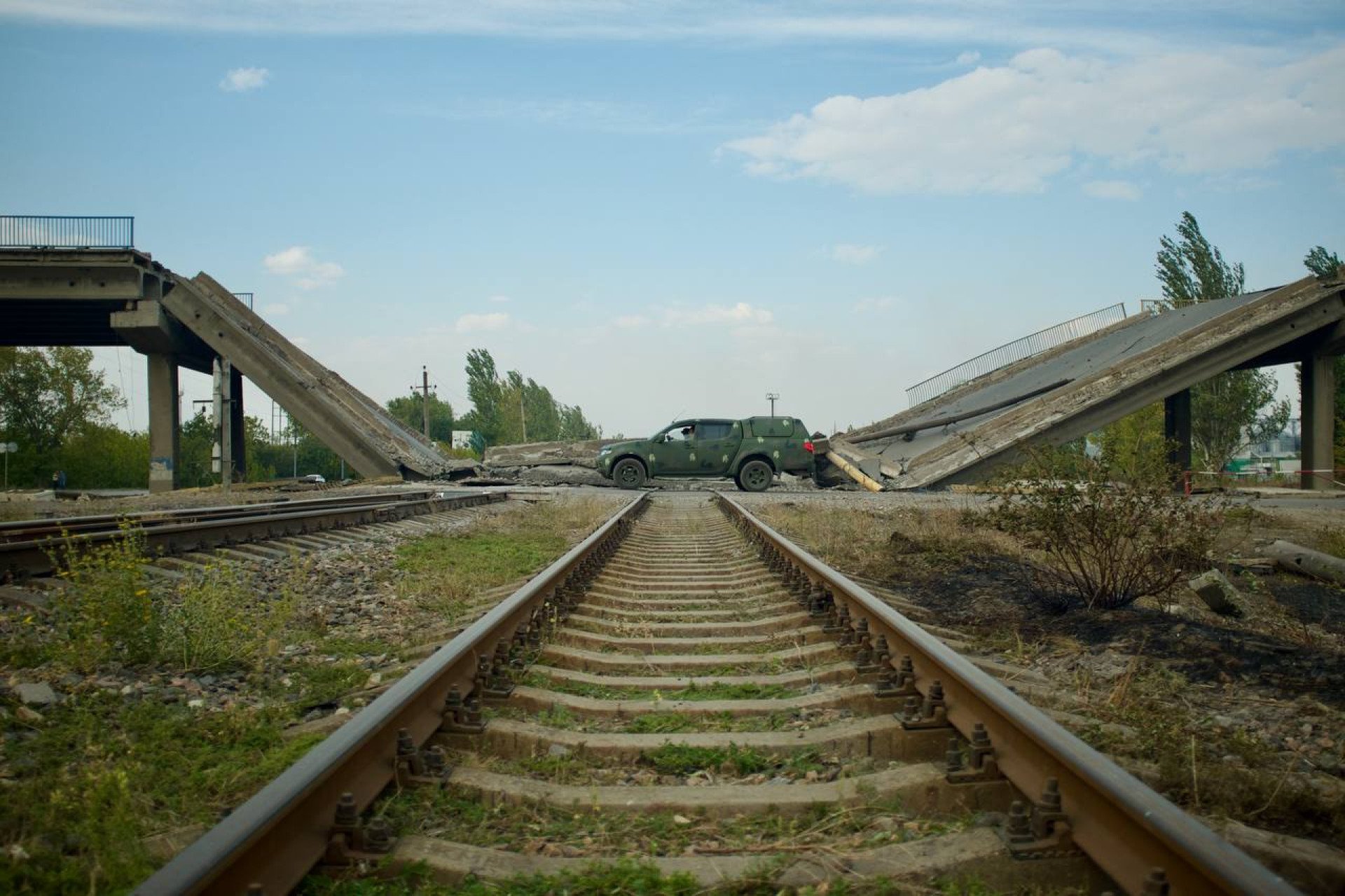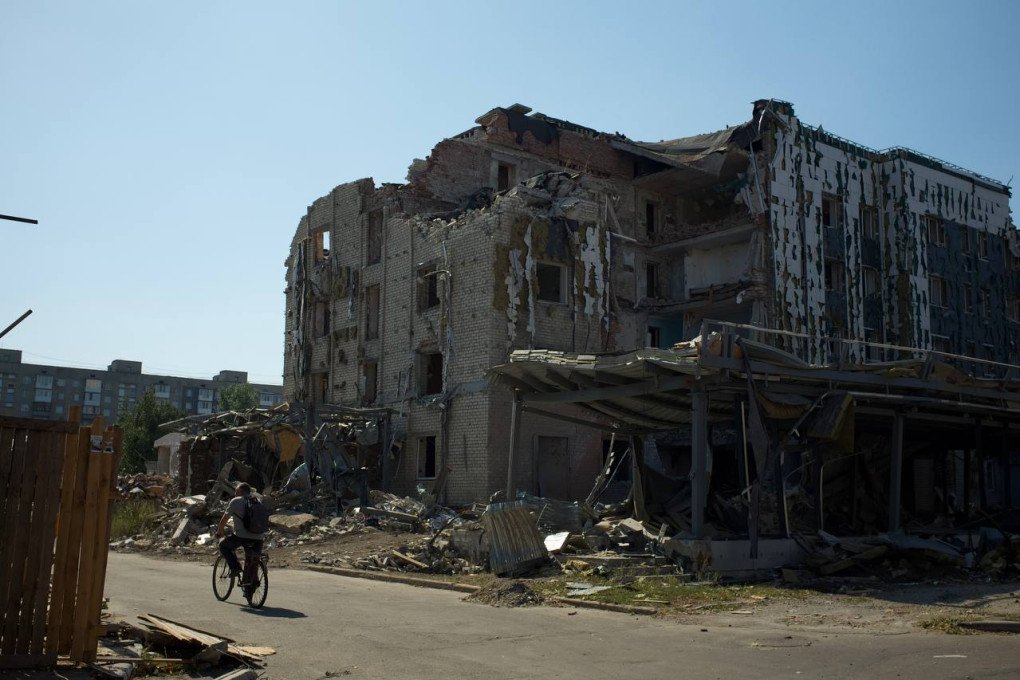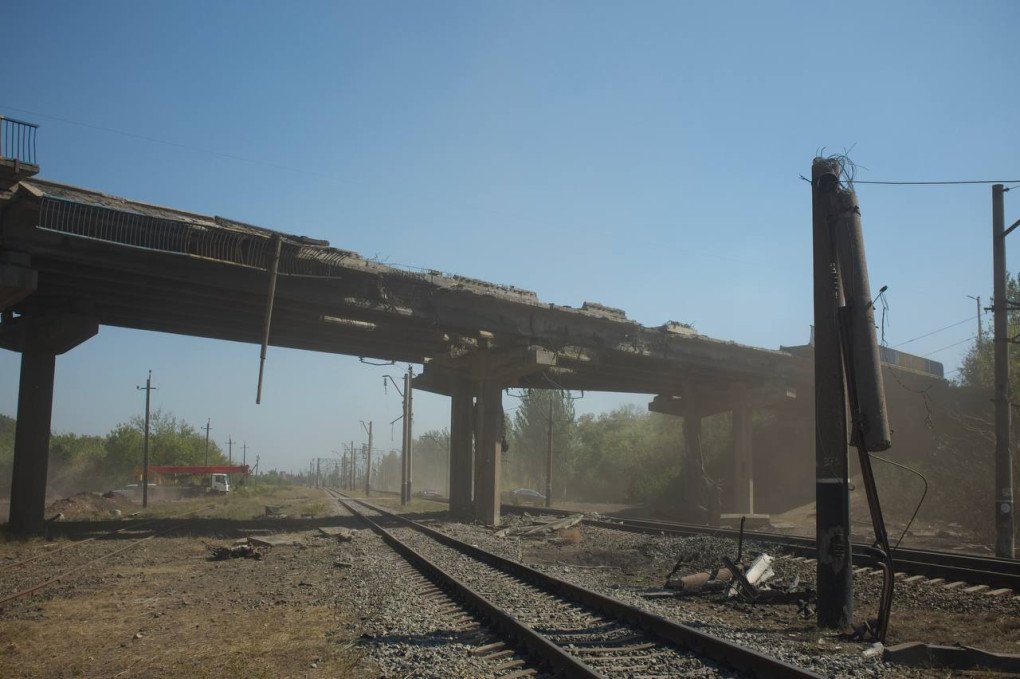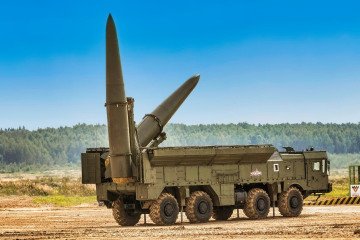- Category
- War in Ukraine
Ukrainian Counteroffensive Liberates Territory, Driving the Russians Into Retreat Near Pokrovsk

Ukrainian forces have not only stopped Russia’s advance toward the vital city of Pokrovsk — they’ve seized the momentum, launching a counteroffensive that has reclaimed 16 square kilometers of territory.
Throughout 2024, the Russian military identified Pokrovsk—a critical logistics hub for Ukraine’s defense—as one of its primary targets. The city sits along a key transportation corridor connecting Dnipro with another strategic eastern stronghold, Kostiantynivka. For Ukraine, maintaining control of Pokrovsk and denying Russia access to even a segment of the route between Pavlohrad and Pokrovsk has been vital — a mission that, for now, appears to be successful.
February 2025
Russia’s last major gain in the Pokrovsk sector came in November 2024. Since then, its momentum has stalled. By February 2025, Ukrainian forces had not only blunted the advance but launched multiple counteroffensives, flipping the pressure back onto the Russians.

A change in command and a surge in drone warfare have enabled Ukraine to inflict substantial losses on Russian forces. By February, Ukraine’s General Staff reported staggering Russian losses: 15,000 troops in January alone, with nearly half deemed irrecoverable.
At that time, there was growing talk of Russian forces reaching the limits of their offensive capabilities and facing mounting fatigue. Ukraine, by contrast, deployed fresh, well-trained reserves to the region and succeeded in establishing a strong defensive line around the city.
Spring 2025
Pokrovsk remains a top prize for Russia — and one of the few fronts where it still attempts armored assaults. But those offensives are repeatedly repelled by minefields and attacks from Ukrainian drones. In early April alone, Ukrainian forces destroyed ten Russian tanks and 20 infantry fighting vehicles along a single axis of advance.
Ukraine has leveraged the slowdown in Russian attacks to its advantage. Commander-in-Chief of Ukrainian Armed Forces, Oleksandr Syrskyi, announced that between March and April, Ukrainian troops liberated 16 square kilometers of territory from Russian occupation. The recaptured settlements—Udachne, Kotlyne, and Shevchenko—lie west of Pokrovsk, closer to the Dnipropetrovsk region. The counteroffensive in this zone helps relieve pressure on the Pavlohrad-Pokrovsk highway and on the region itself, which lies just kilometers from the front line.

In mid-April, Ukrainian forces also reported that Russian troops began to partially and slowly retreat from the outskirts of Pokrovsk—areas they had reached during the winter of 2025.
Despite this, pressure on the city from the east continues, particularly along the Pokrovsk-Kostiantynivka highway. These attacks, however, are proceeding sluggishly and primarily involve infantry. Ukrainian forces are largely managing to hold the line.
The drone advantage
Aerial dominance through drones is giving Ukraine the upper hand. From reconnaissance and munition drops to precision FPV strikes, drones now lead the fight against the Russians around Pokrovsk. Here, Ukraine is backed by Western support but powered by domestic production, up to 4.5 million units annually.
These drones are used to target both Russian soldiers and their military equipment. Importantly, Ukraine’s drone supply is not dependent on foreign government decisions, as the country maintains a robust domestic production capability for this type of weaponry.
-29a1a43aba23f9bb779a1ac8b98d2121.jpeg)
-c42261175cd1ec4a358bec039722d44f.jpg)
-46f6afa2f66d31ff3df8ea1a8f5524ec.jpg)
-6359eca46c72bde40a90abaaadd6eaa8.png)


-206008aed5f329e86c52788e3e423f23.jpg)